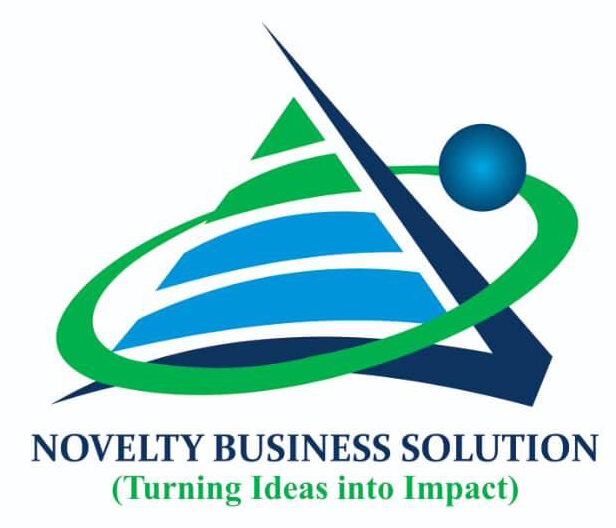Lifting the Lid on Founder Syndrome: Strategies for Charities
Founder Syndrome is a common issue that can affect charities, especially those that have been established by a single individual or group. It occurs when the founder or founders maintain a tight grip on the charity’s decision-making and operations, even as the organisation grows and evolves. This can lead to issues such as lack of transparency, resistance to change, and challenges in succession planning. In this article, we will explore the concept of Founder Syndrome and provide strategies that charities can adopt to overcome it.
What is Founder Syndrome?
Founder Syndrome is a phenomenon that occurs when the founder or founders of a charity maintain a significant level of control over the organisation, even as it grows and evolves. This can result in a range of issues, such as:
- Lack of transparency and accountability
- Resistance to change or new ideas
- Difficulty in making decisions collaboratively
- Challenges in succession planning
- Limited growth potential
Strategies for Overcoming Founder Syndrome:
Develop a Strong Governance Framework: Charities should establish a strong governance framework that sets out clear roles and responsibilities for the board and executive leadership team. This can include regular board meetings, clear decision-making processes, and transparency in financial management.
Establish a Succession Plan: Charities should develop a succession plan that outlines the steps to be taken when the founder or key leader decides to step down. This can involve identifying potential successors, establishing a transition plan, and developing clear guidelines for leadership roles.
Emphasize Collaboration and Partnership: Charities should prioritize collaboration and partnership in their decision-making and operations. This can involve seeking input from stakeholders, engaging in cross-sector partnerships, and developing a culture of teamwork and shared ownership.
Develop a Culture of Continuous Improvement: Charities should prioritize a culture of continuous improvement, which involves regularly evaluating their programs, operations, and governance structures to identify areas for improvement. This can involve seeking feedback from stakeholders, monitoring performance metrics, and being open to new ideas and approaches.
Focus on Mission and Impact: Charities should prioritize their mission and impact in their decision-making and operations. This can involve setting clear goals and metrics for success, regularly monitoring and reporting on their performance, and being transparent about their impact and outcomes.
In conclusion, Founder Syndrome is a common issue that can affect charities, but it is not inevitable. By adopting strategies such as developing a strong governance framework, establishing a succession plan, emphasizing collaboration and partnership, developing a culture of continuous improvement, and focusing on mission and impact, charities can overcome Founder Syndrome and emerge stronger and more resilient. The key is to be proactive and strategic in your approach, while always keeping your mission and stakeholders at the forefront of your thinking.
